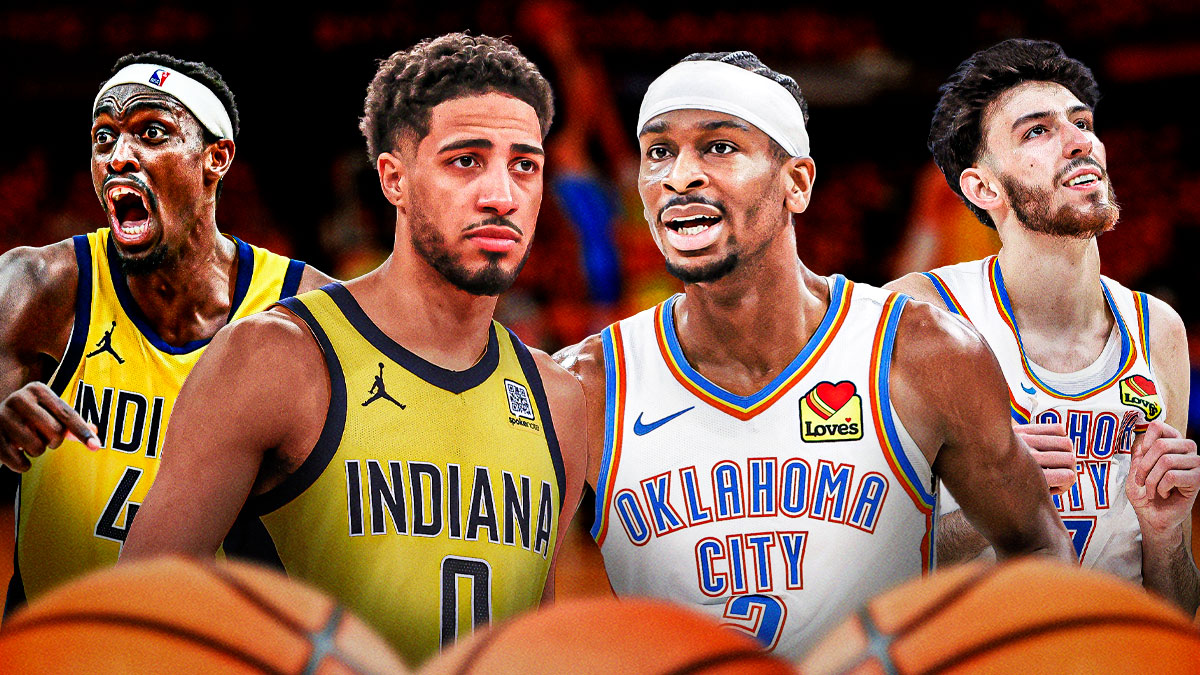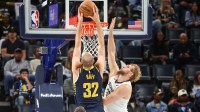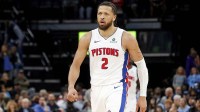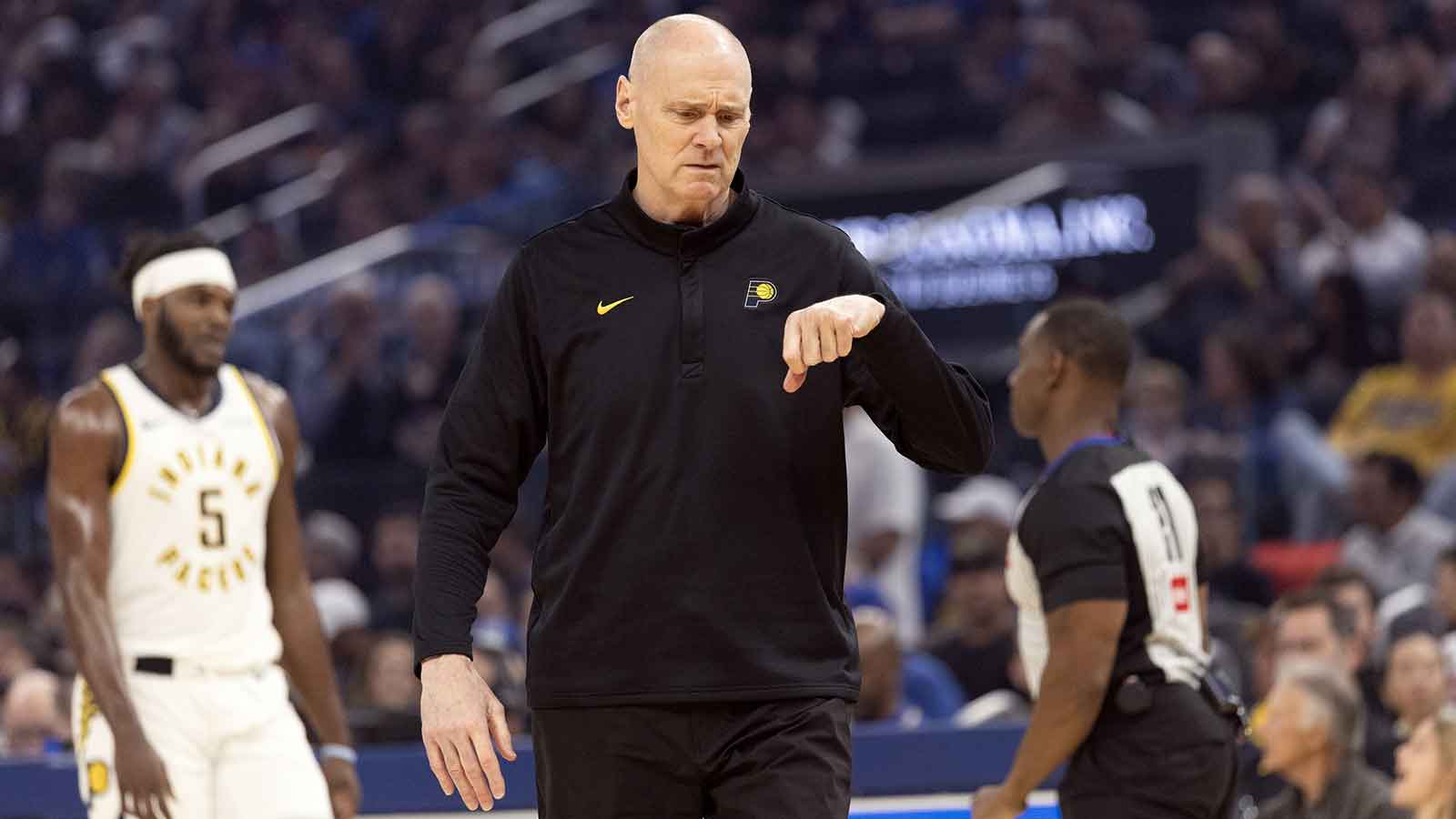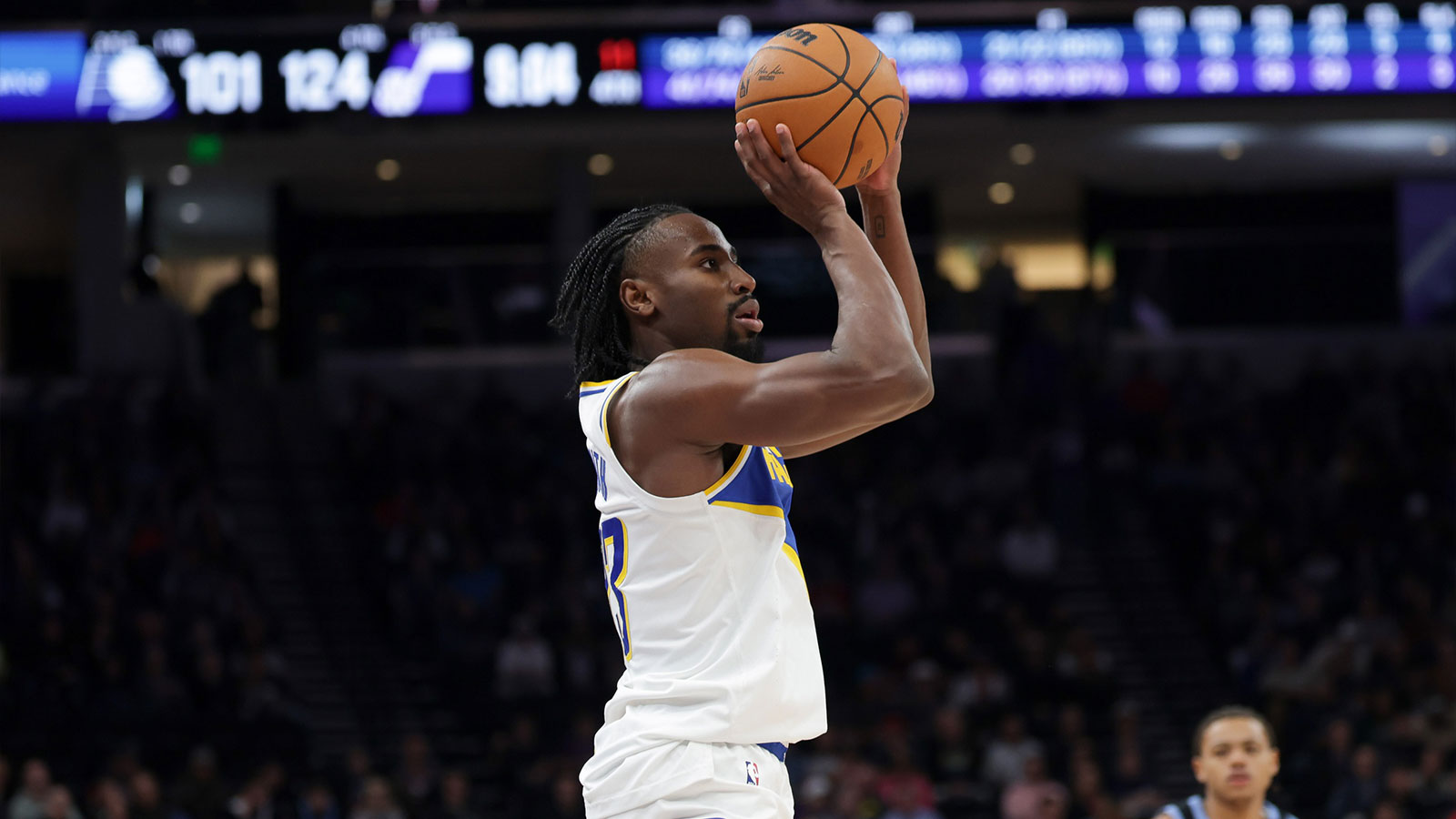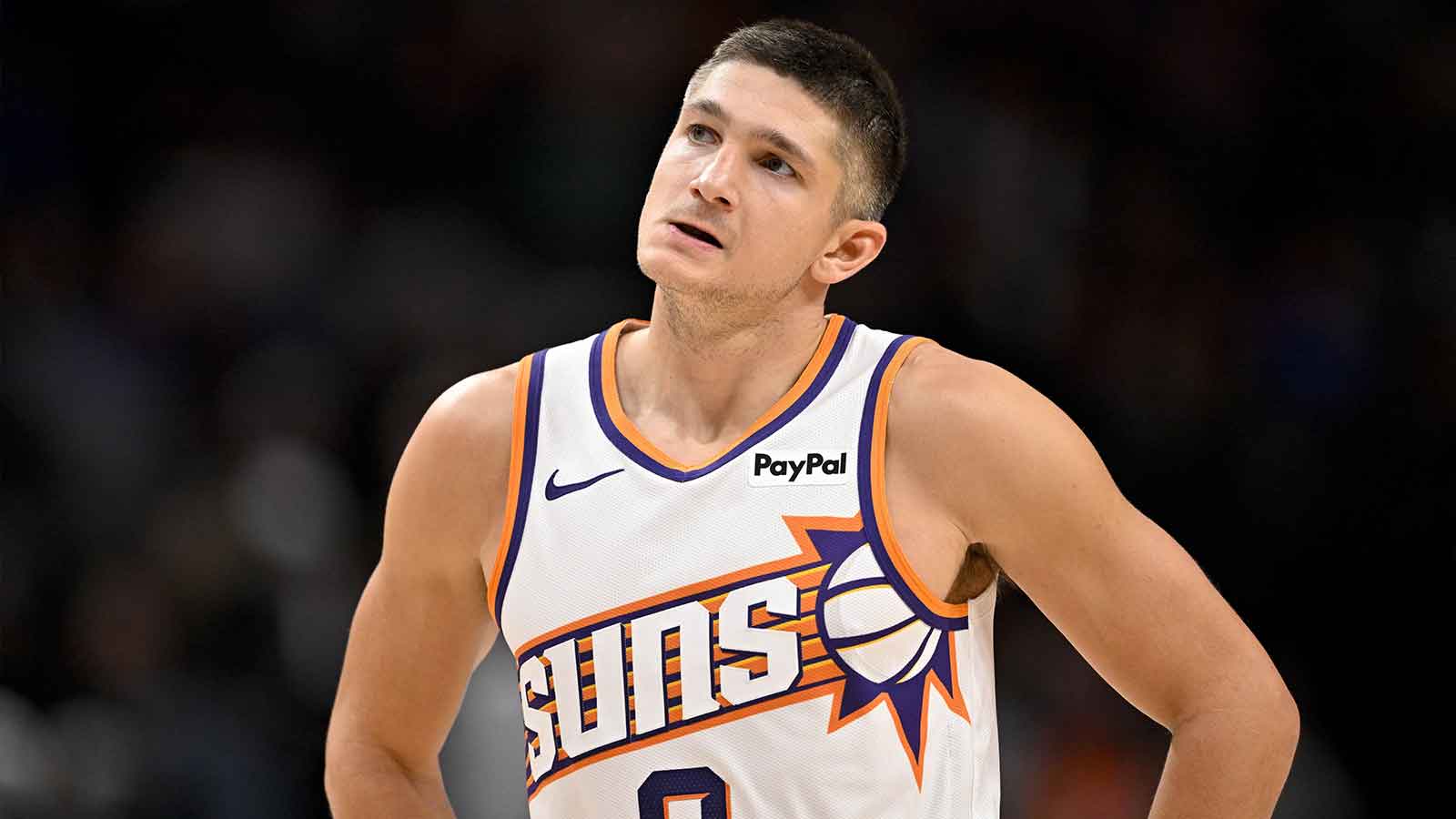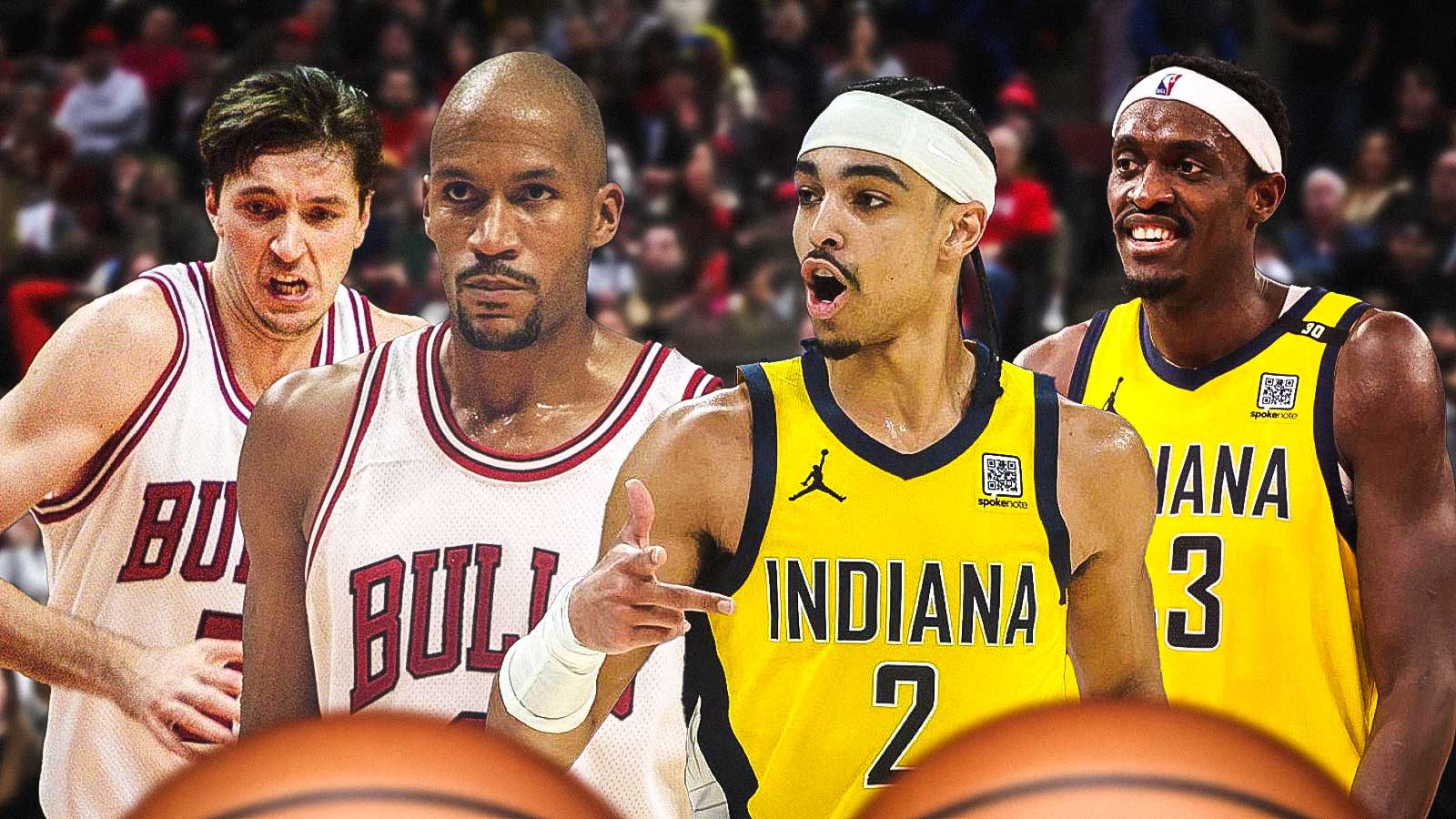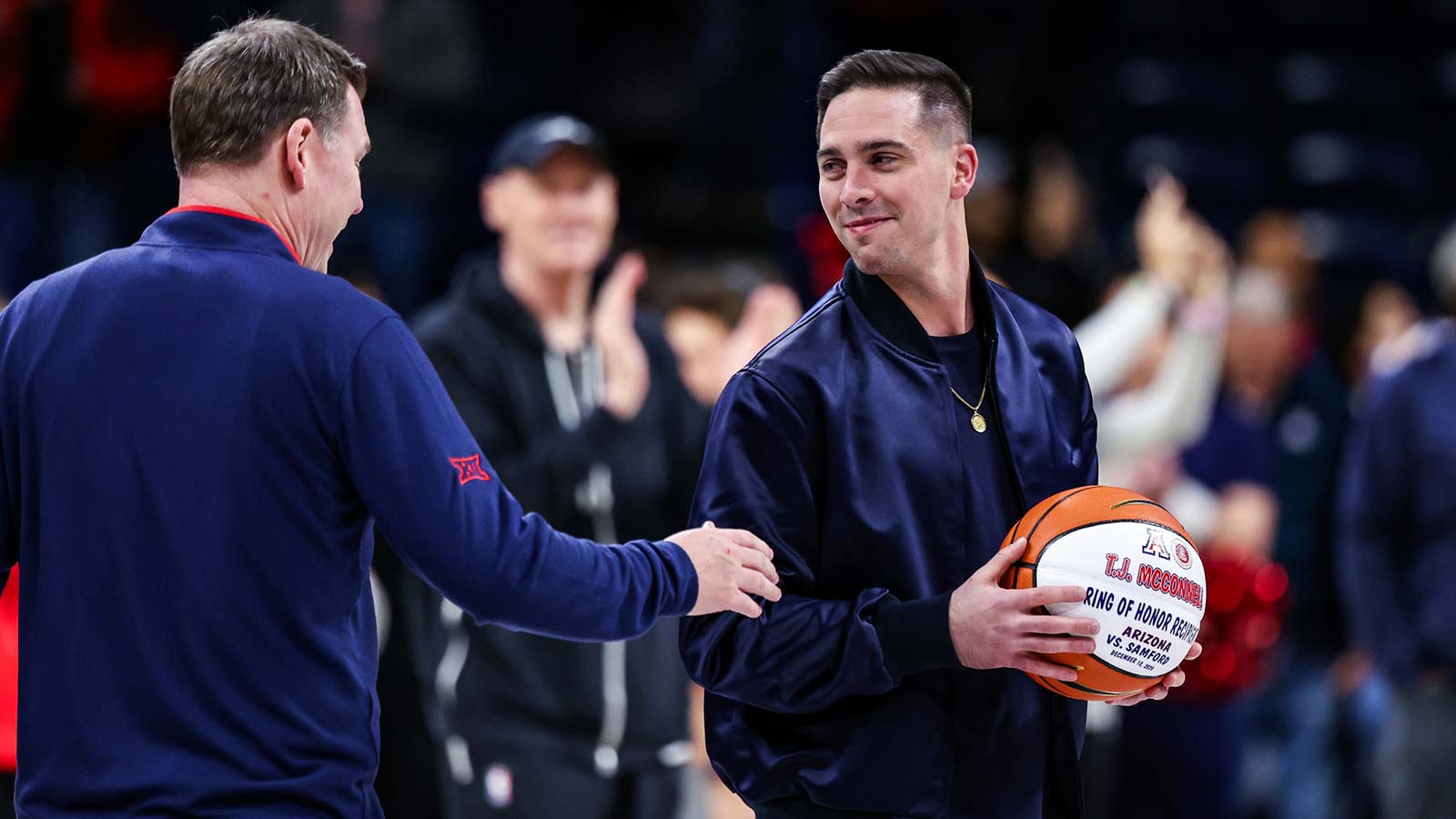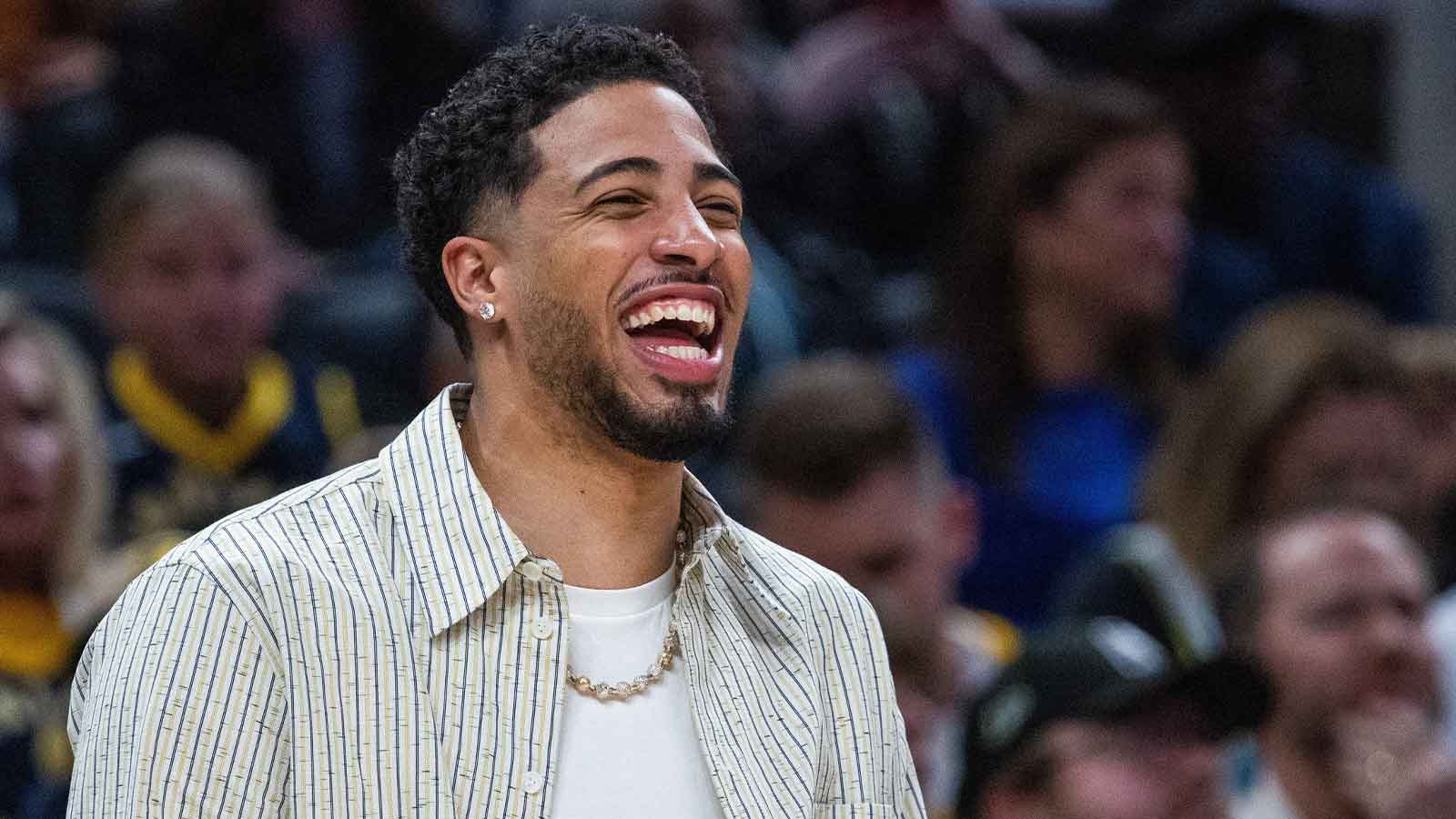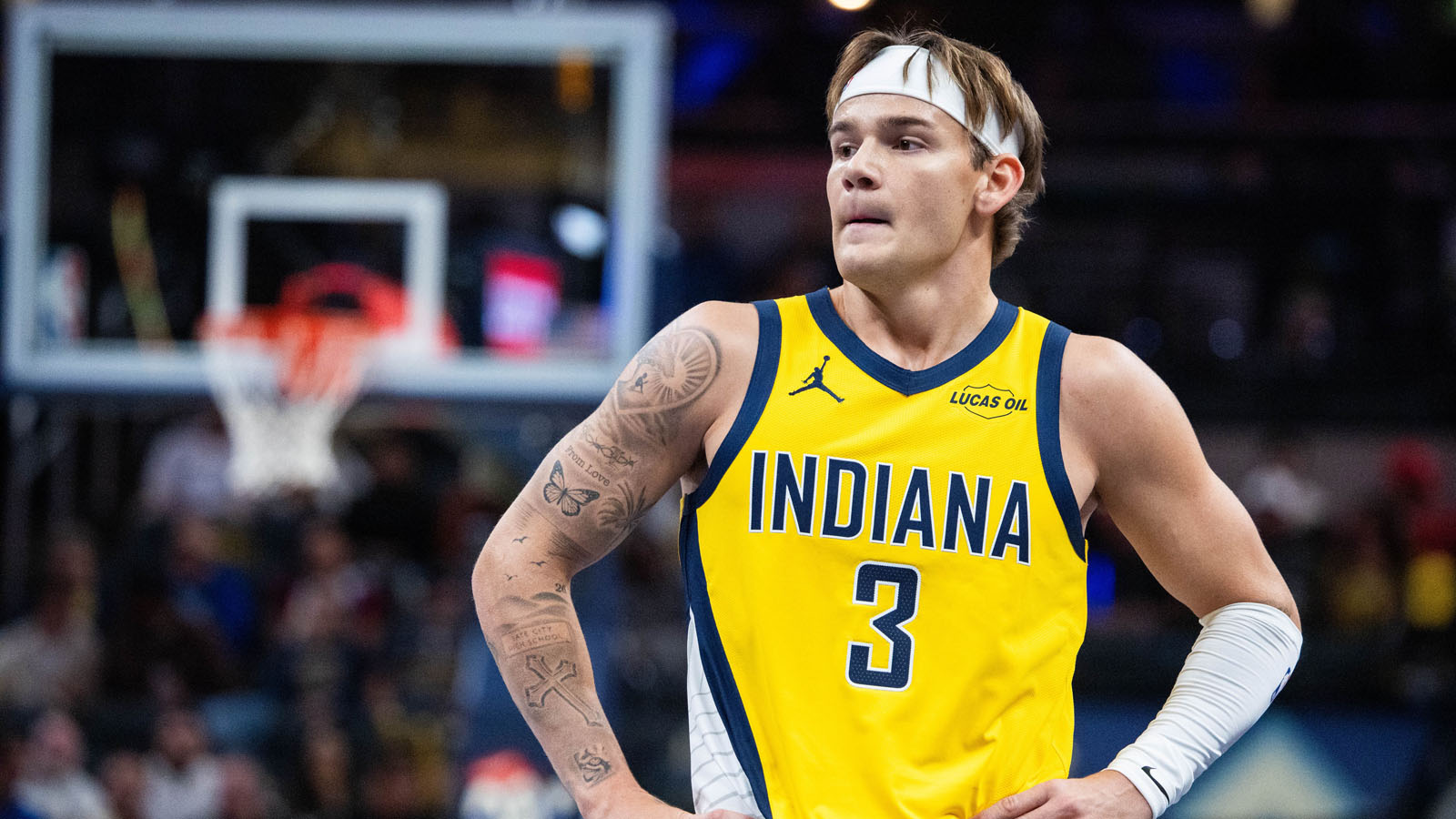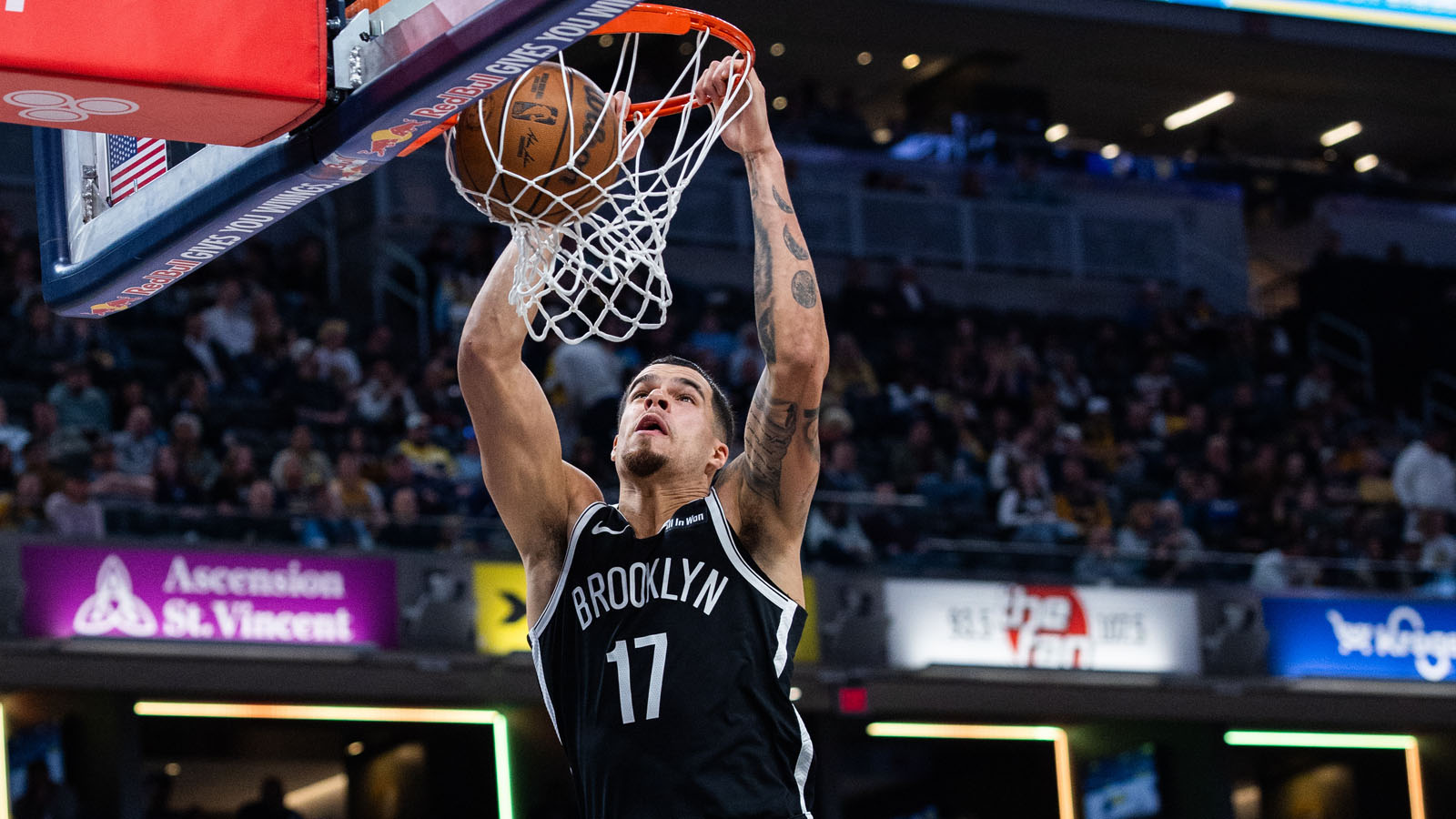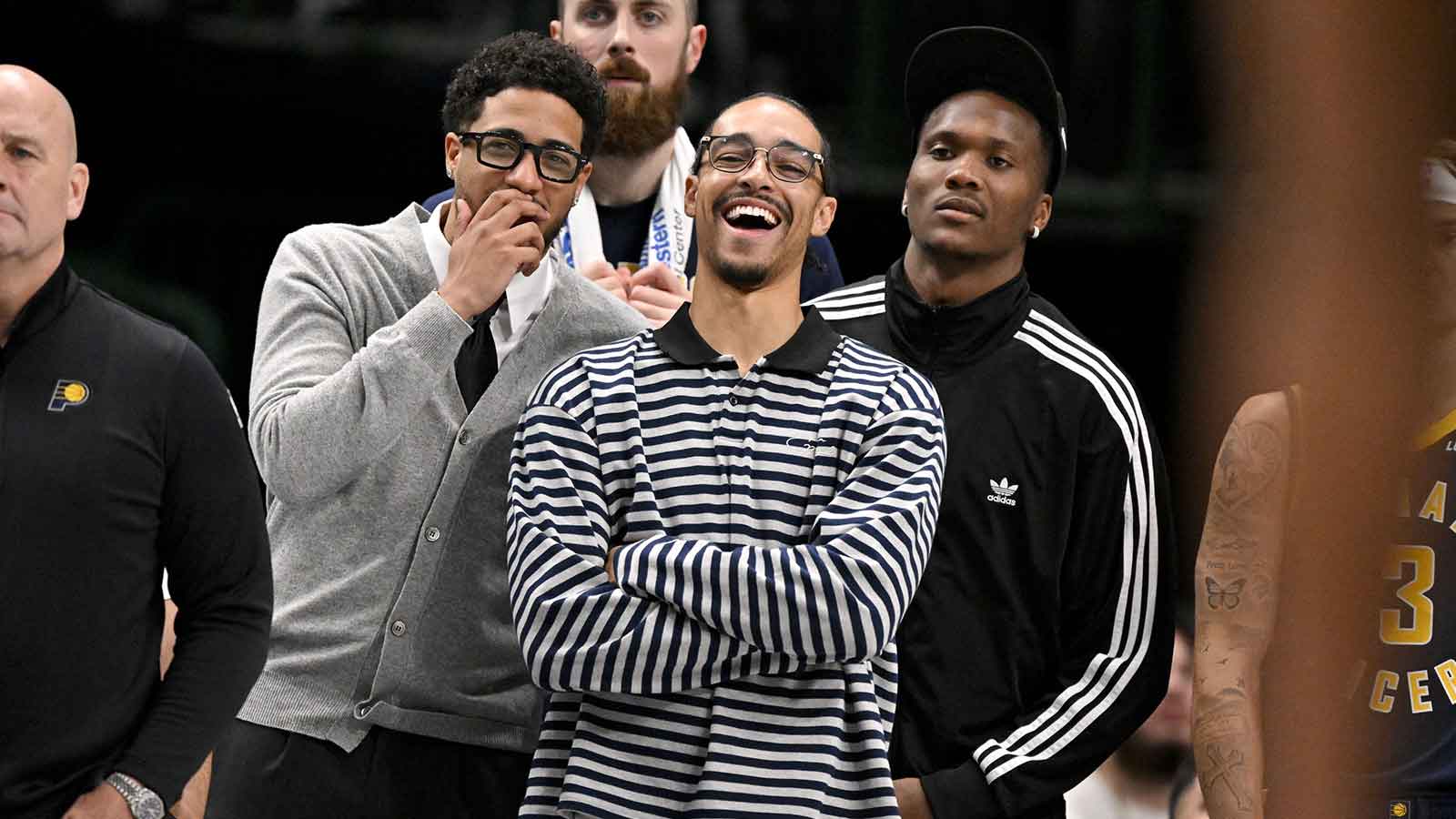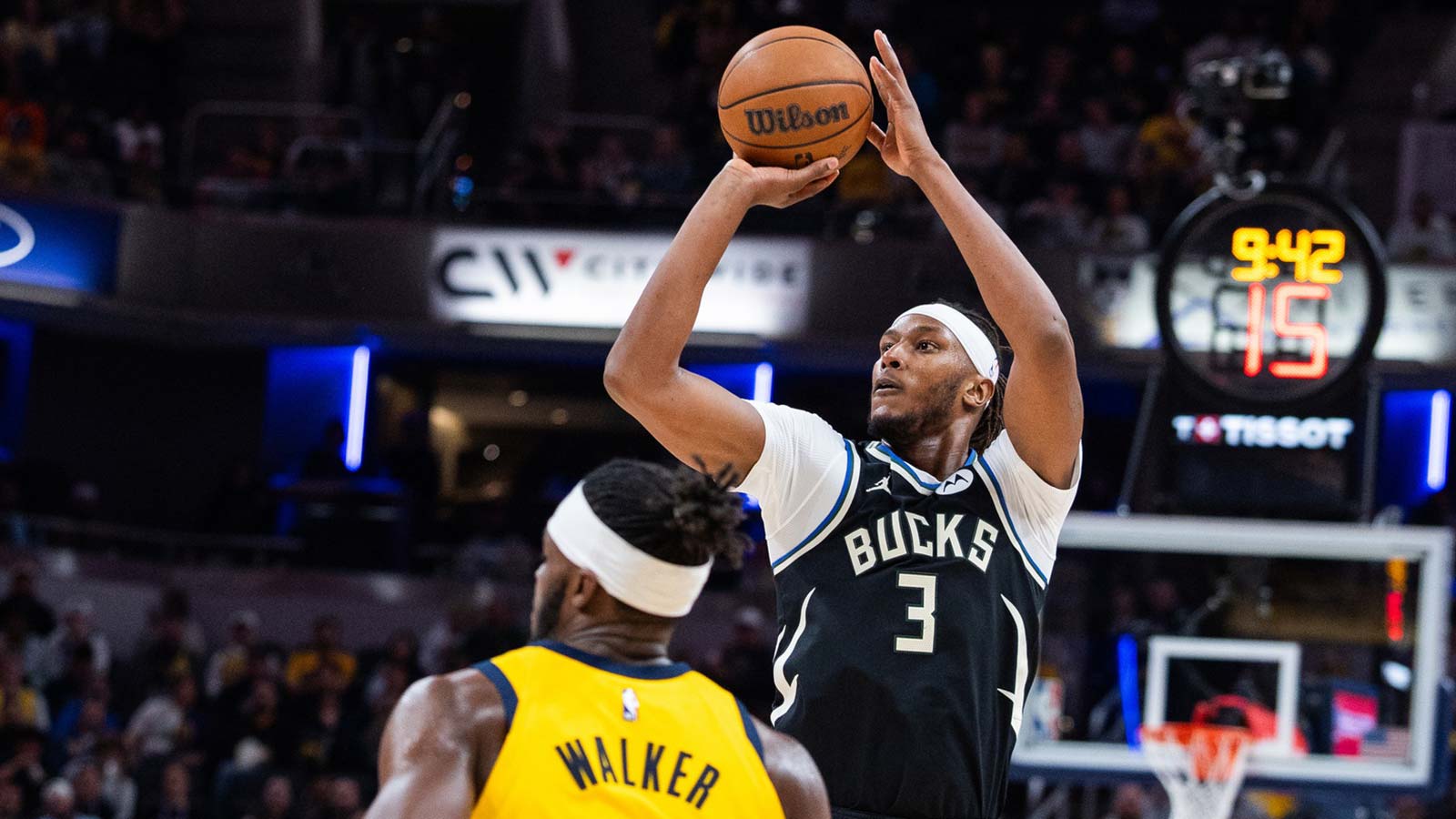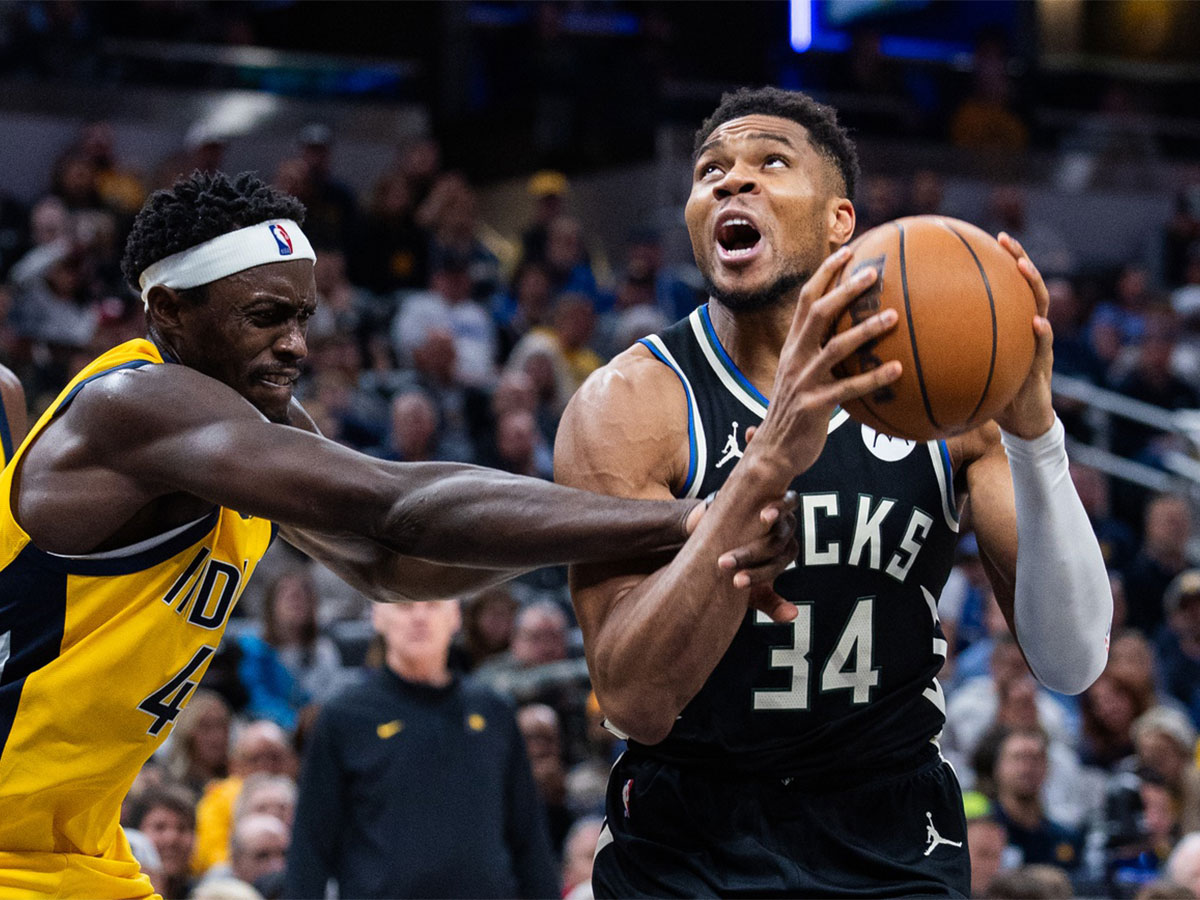For the first time in nearly a decade, the NBA Finals will be decided in a Game 7. The Indiana Pacers, riding high after a stunning Game 6 rout of the Oklahoma City Thunder, are just one win away from their first-ever NBA championship.
Yet, as the basketball world turns its eyes to Oklahoma City, there’s a looming flaw in Indiana’s armor, one that could ultimately spell their downfall on the biggest stage.
The Pacers have proven resilient all postseason, but Game 7 presents a different beast. The Thunder, boasting a 10-2 home record in these playoffs, are heavy favorites, with oddsmakers setting the line at OKC as 7.5- to 8-point favorites.
The Paycom Center will be hostile, loud, and unforgiving, a cauldron where the Thunder have thrived and where Indiana’s weaknesses are often magnified.
Pacers' late-game execution under pressure
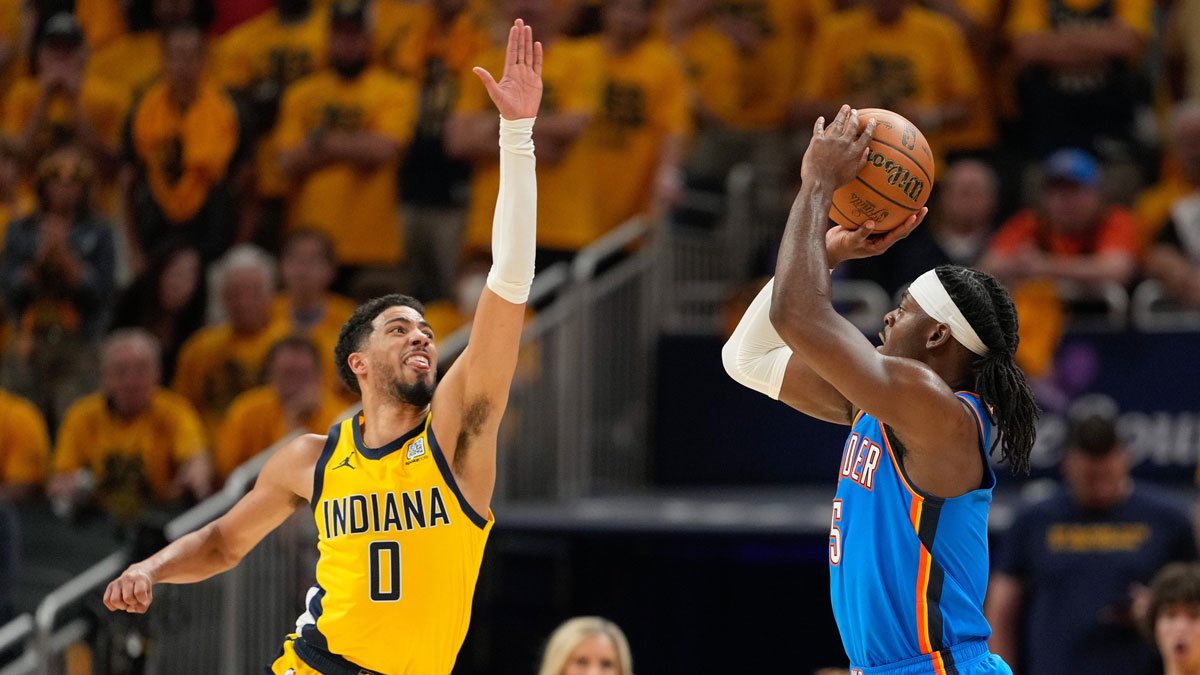
While Indiana’s Game 6 performance was a masterclass in defensive intensity and balanced offense, their Achilles’ heel has repeatedly surfaced in late-game scenarios, especially on the road.
The Pacers have a troubling history this series of faltering in crunch time, most notably in Game 4, where they squandered a four-point lead with three minutes left, succumbing to a 12-1 Thunder run that tied the series. This collapse wasn’t an isolated incident. It exposed a pattern of late-game indecision and execution lapses that have haunted Indiana throughout the Finals.
Game 7s are defined by pressure. Every possession is magnified, and the margin for error disappears.
The Thunder, led by MVP Shai Gilgeous-Alexander, have shown they can seize control in pivotal moments, especially at home. In such a high-stakes environment, Indiana’s tendency to deviate from its offensive principles and lose its defensive edge in the clutch could be catastrophic.
Shai Gilgeous-Alexander with the 3-pointer to cut the Pacers lead down to 1 pic.twitter.com/HlX3cdf5sq
— MrBuckBuck (@MrBuckBuckNBA) June 14, 2025
Indiana’s offensive identity is built on ball movement, pace, and attacking the paint. But under the Finals spotlight, the Pacers have strayed from their strengths.
In several games, minor mistakes, turnovers, rushed shots, and poor spacing, have snowballed into major problems. In Game 5, for example, a series of small errors and a lack of composure allowed the Thunder to pull away late, despite Indiana’s focus on “the little things”.
Turnovers are particularly telling. When the Pacers protect the ball, as in Game 6 (just 10 turnovers), they control the tempo and keep Oklahoma City off balance. But in their losses, careless mistakes have led to fast breaks and easy points for the Thunder, swinging momentum in the blink of an eye.
Thunder’s size and defensive versatility
Another underlying issue is Indiana’s struggle against OKC’s size and defensive schemes. The Thunder have used their length, especially with Chet Holmgren and Isaiah Hartenstein, to disrupt Indiana’s rhythm, dominate the glass, and contest shots at the rim.
When the Pacers are forced into a perimeter-oriented attack, their efficiency plummets. During the Finals, Indiana has made significantly fewer two-point field goals than their season average, relying more on threes out of necessity, not preference. This shift has made their offense more predictable and easier to defend.
the Indiana Pacers are shooting 5-24 from the field (20.8%) when Chet Holmgren is the primary defender in the last 2 games
🔒 🔒 🔒 pic.twitter.com/IEpkhtgkAA
— 𝙎𝙠𝙮𝙚𝙙 🇦🇺 (@SkyedOKC) June 19, 2025
The emotional swings of this series have been dramatic. The Pacers have shown resilience, bouncing back from adversity, but the psychological weight of previous late-game failures lingers. Tyrese Haliburton’s health remains a concern, as does the cumulative fatigue of a deep playoff run. In a hostile environment, mental lapses become more likely with the pressure at its peak.
Thunder’s home-court advantage and experience
Oklahoma City is not just statistically dominant at home, they are battle-tested in high-pressure situations. As seen earlier in the playoffs, the Thunder’s ability to regroup after tough losses suggests they will be better prepared for Game 7 than they were for the Game 6 blowout. The Pacers, meanwhile, must overcome both the crowd and their own history of late-game struggles.
The Pacers have the talent, depth, and heart to compete with the Thunder. But their fatal flaw—late-game execution under pressure, especially away from home—threatens to undermine everything they’ve built. Unless Indiana can maintain composure, avoid costly turnovers, and stick to their offensive identity in the game’s most critical moments, their historic run will end in heartbreak.
Game 7s are won by poise, discipline, and execution. The Pacers’ inability to consistently deliver in those areas, particularly in enemy territory, is the flaw that could doom them on basketball’s grandest stage.

